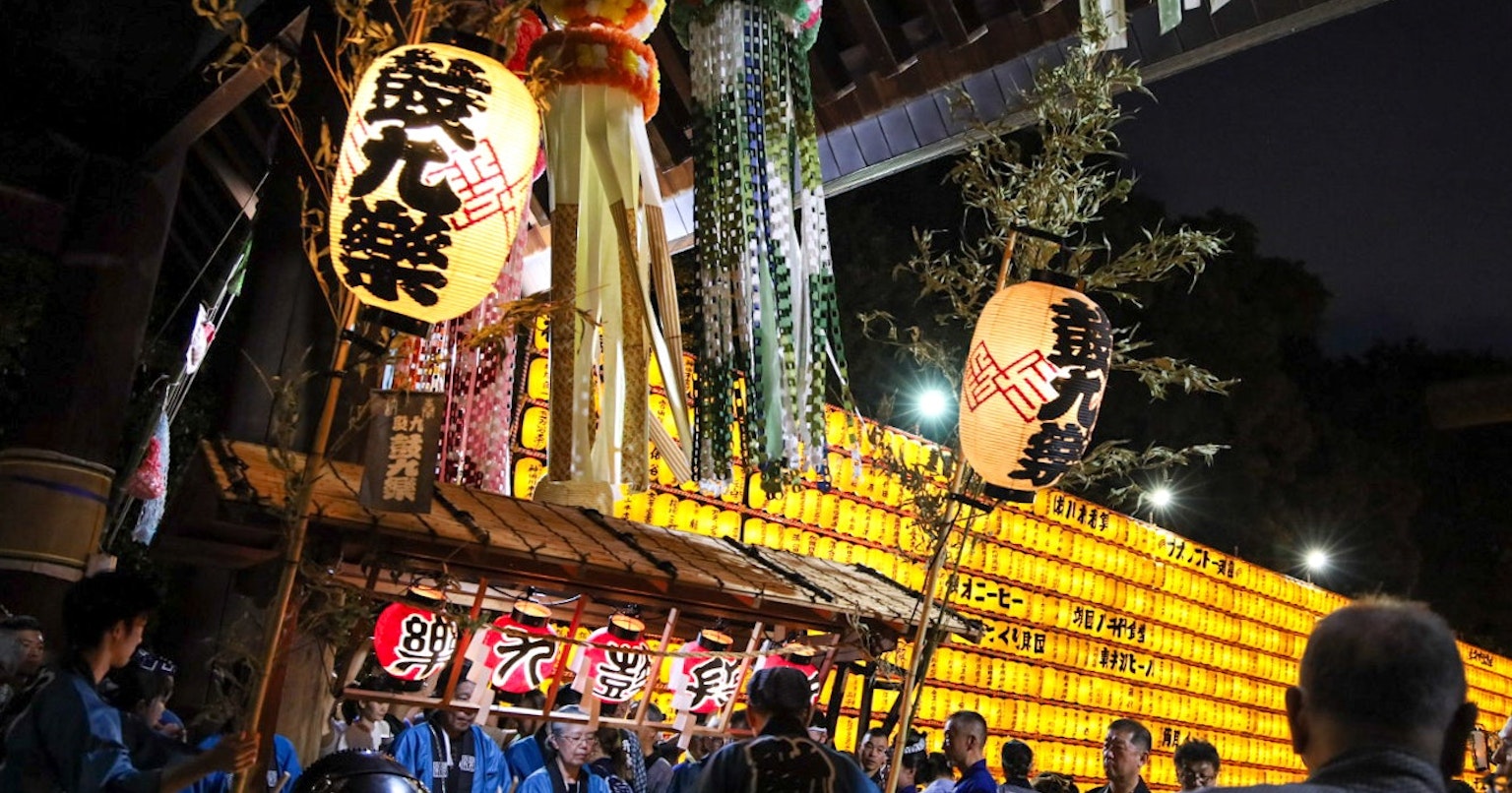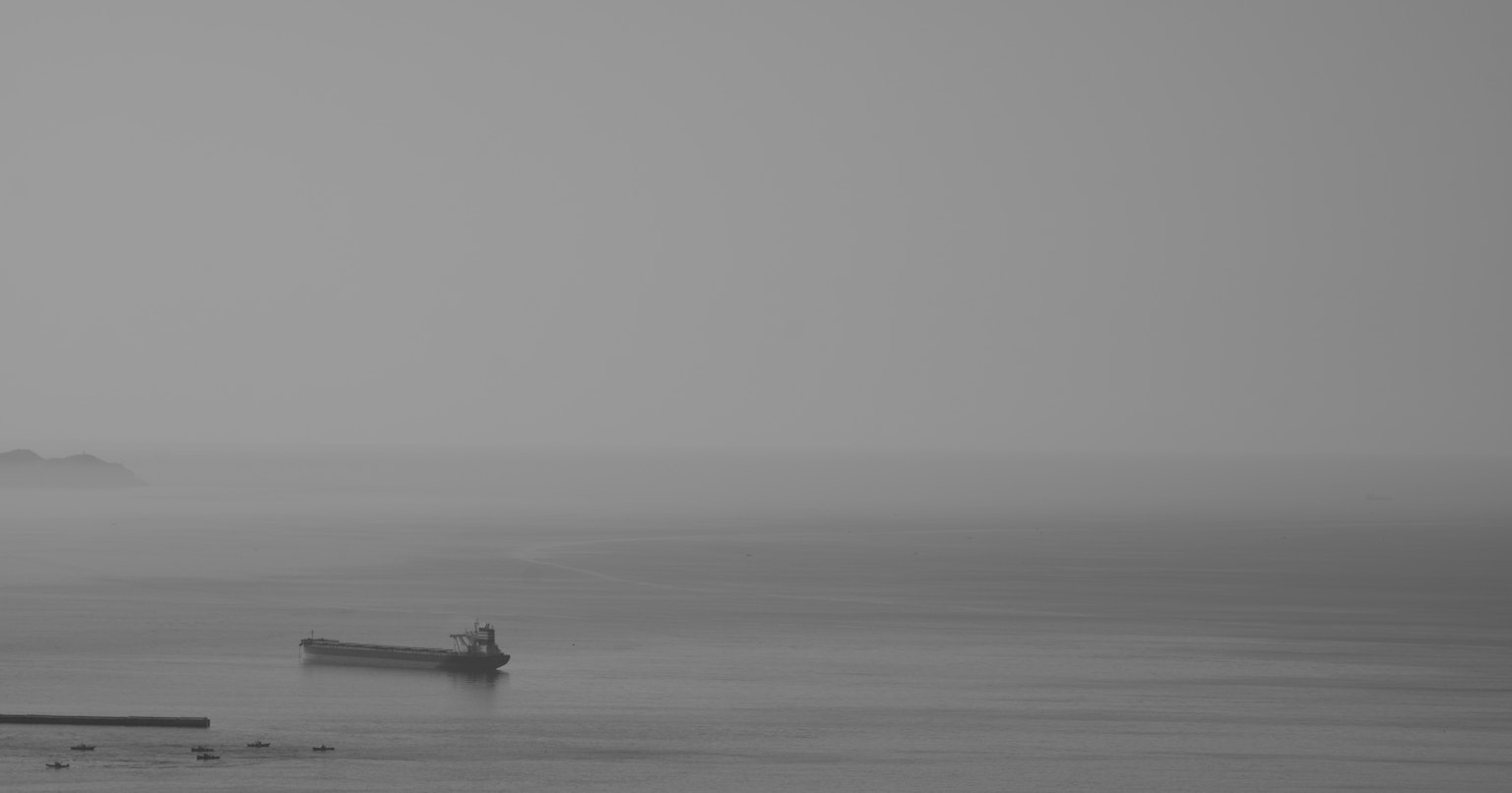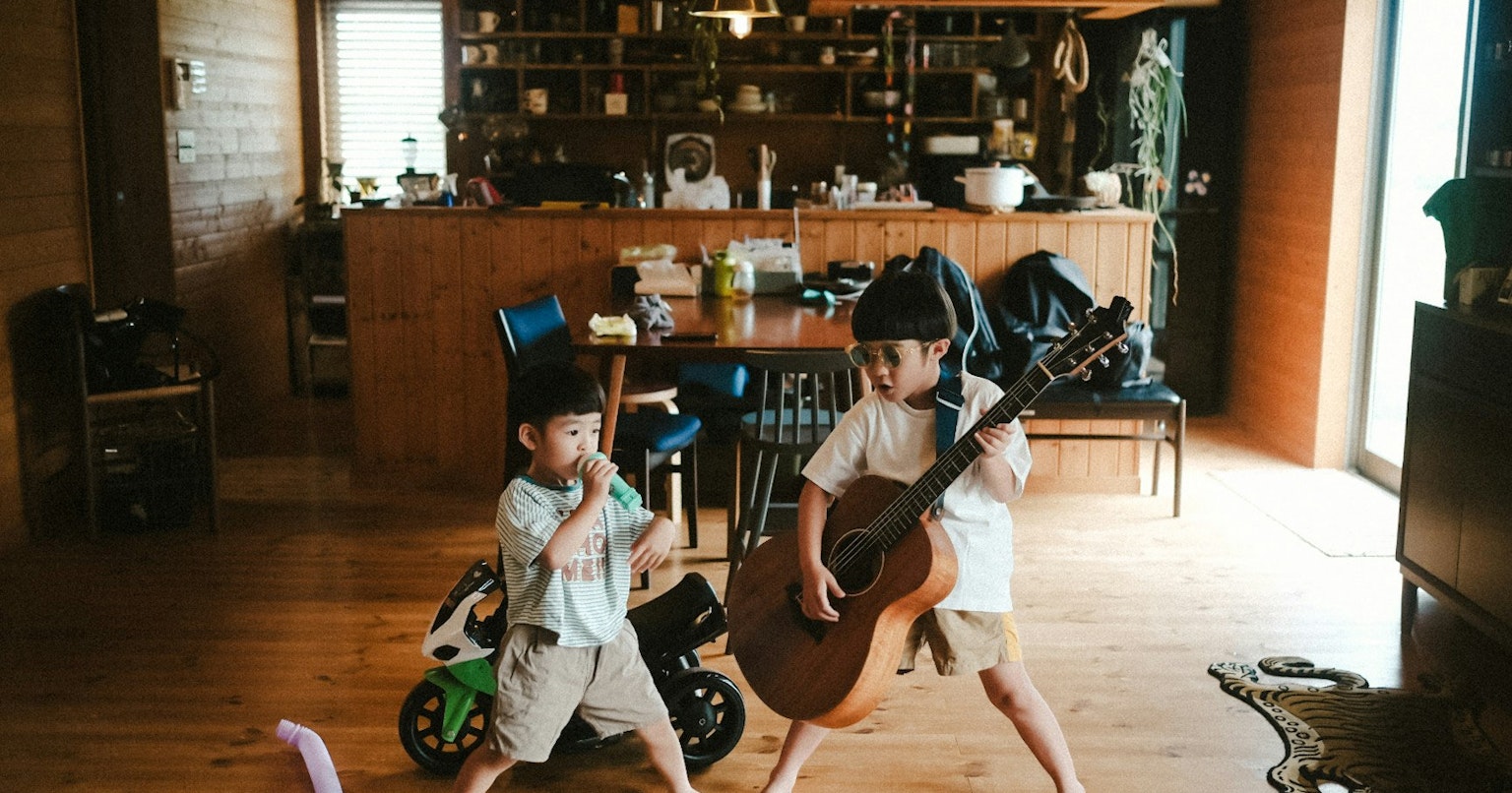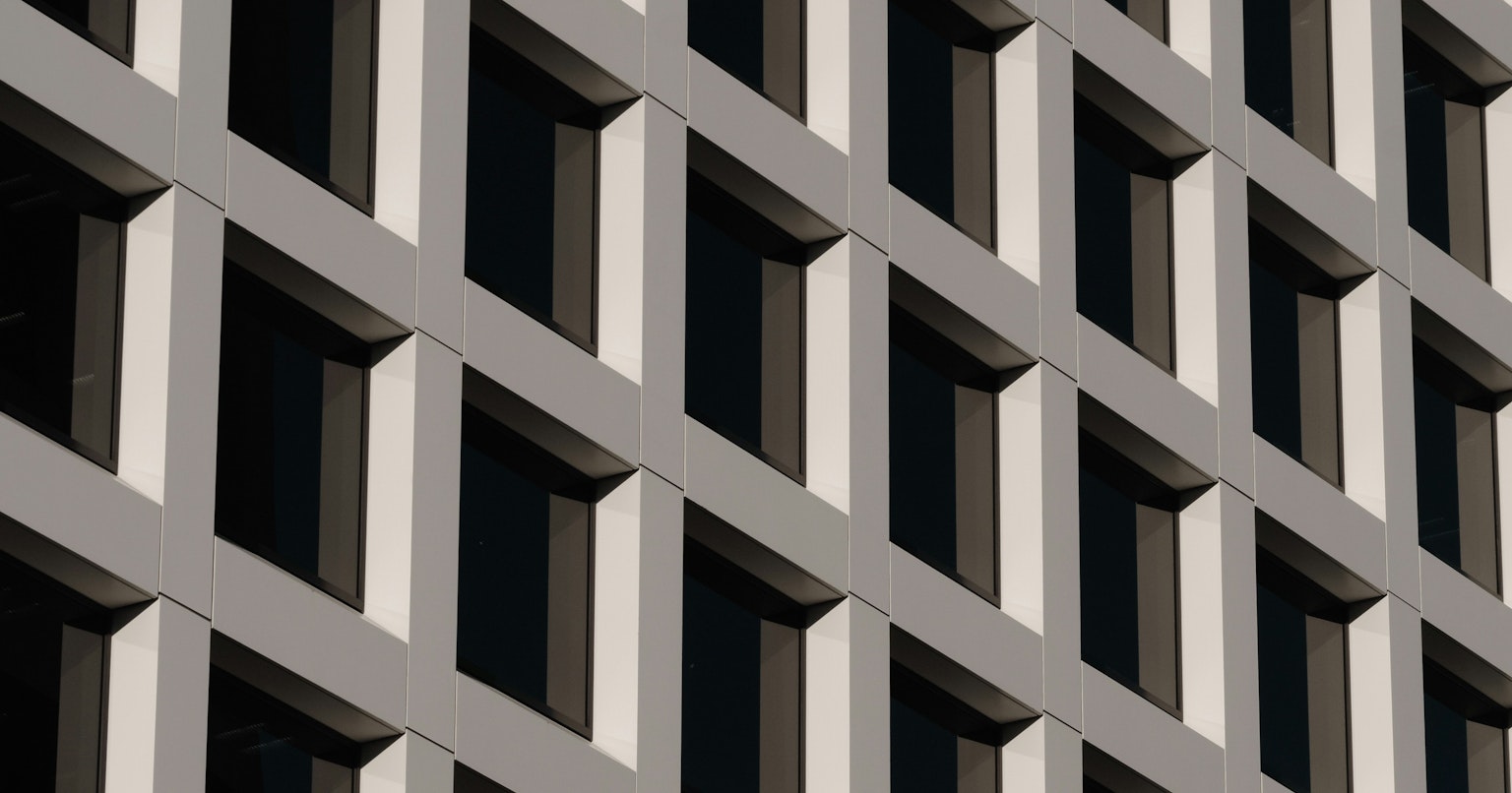
Cover photo by Tsubasa Seisakusho
The choice of frame in photography has a greater impact on the impression of a work than one might think. Compared to the common rectangular formats of "3:2" or "4:3," the square format "1:1" is unconventional yet strikingly simple.
This square ratio not only offers compositional stability but also provides practicality and flexibility during shooting and editing. Why is this often-overlooked option gaining attention now? We unravel the reasons through real-world shooting experiences and composition theories.
Stable Composition and Balanced Eye Movement
The greatest feature of the square format is its visual stability. Without leaning toward either vertical or horizontal orientation, the viewer's gaze naturally spreads outward from the center, allowing for more freedom in subject placement.
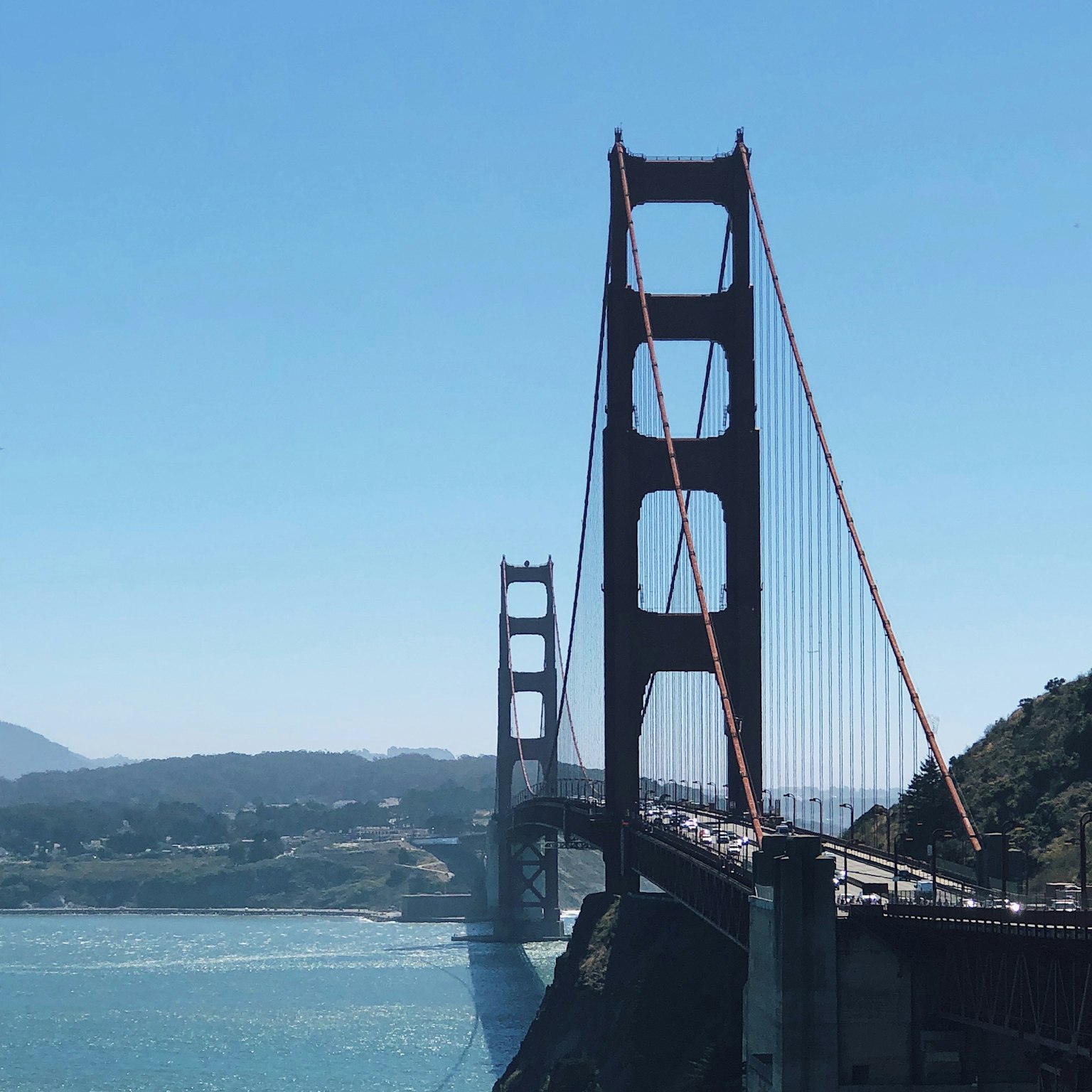
Photo by Yusei
Compositions incorporating symmetry, whether horizontal or vertical, or even intentionally unbalanced arrangements, can be achieved flexibly with the square format. Its high degree of compositional freedom makes it ideal for expressing tranquility or balance.
Moreover, the viewer's attention is easily drawn across the entire frame, transforming the experience of viewing the photograph itself.
Practicality That Streamlines Shooting
This ratio also reduces the effort required during shooting. Since there is no need to switch between vertical and horizontal orientations, adjustments to tripods or mounts are minimized, allowing for a smoother shooting process.
The square format makes it easier to center subjects, effectively utilizing the sharpest area of the lens. This is particularly advantageous for snapshots, portraits, and urban photography, where speed and stability are crucial.

Photo by Yusei
Constraints That Sharpen Creativity
Despite its simplicity, this format imposes certain limitations on expression. Unlike rectangles, it is harder to create "horizontal movement" or "vertical rhythm," making traditional compositional rules less effective.
However, these very constraints encourage photographers to rethink composition and clarify their intentions. Constraints can sharpen creativity, and the square format is a prime example of this.
Visual Impact and Cohesion
Square photos also have the advantage of being "memorable" due to their distinctive shape. When arranged neatly on social media or in a portfolio, they create a strong sense of visual cohesion that leaves a lasting impression.
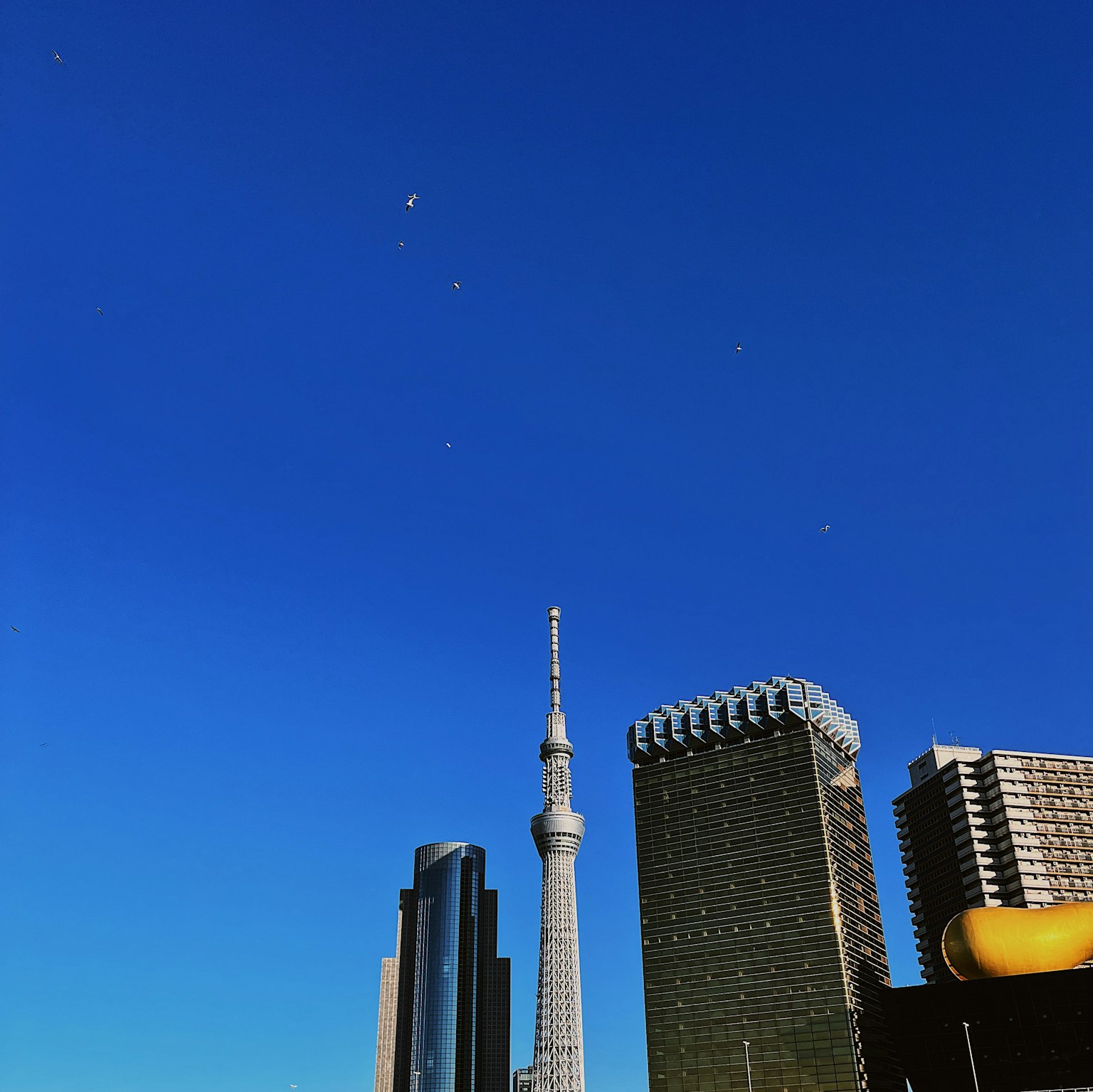
Photo by Yusei
Additionally, the balanced composition of the square format often conveys a sense of "calm" to viewers, making it versatile for genres such as urban landscapes, still life, and portraits. Its neutrality in visual design is particularly effective in symmetrical compositions, minimalist backgrounds, and layouts with ample negative space.
